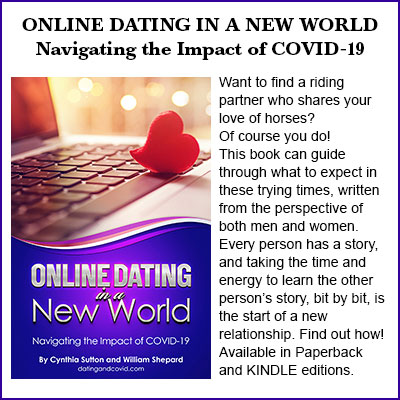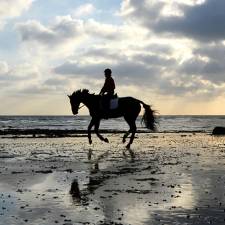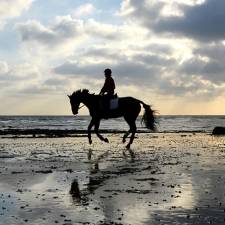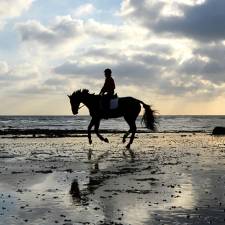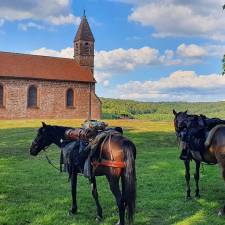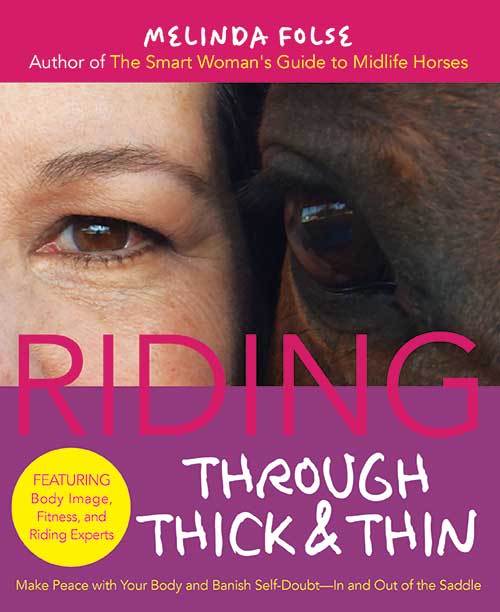
by Melinda Folse
No matter how much we “Battle of the Bulge” veterans lament the extra pounds that plague us, the flip side of this problem is also one that has also been around for as long as anyone can remember. I know it’s hard to imagine for those of us who tend to fret about excess ballast, but there is another extreme of body image woes that are just as destructive to self-concept, both in and out of the saddle.
Despite the alarming statistics on obesity brought to us by our friends at the Center for Disease Control, an equally legitimate concern comes from society’s superficial obsession with being thin. Ironically, this extreme of body image issues—the obsession with “lightness”—is also a longtime resident in the horse world among jockeys whose livelihoods depend on a tiny profile, as well in show rings in disciplines whose traditions demand a willowy build. Eating disorders, starvation, and all the health-related illnesses that tend to arise from long-term deprivation of essential nutrients are not news to those in these worlds.
And now, even as obesity has continued its upward spiral for more than three consecutive decades, this mentality has filtered down to prey upon a growing number of girls and women feeling an ugly new pressure to be “show thin.” The barn, which for most of us is a no-makeup, bad-hair-day safety zone, has become, for some, a place of socially-driven body scrutiny, negative comparisons, and body angst that is spawning self-loathing, eating disorders, and self-esteem issues that can last a lifetime. Beyond the anxieties we all share over whether our riding breeches make our buttocks look like, as my grandmother used to say, “two pigs fighting under a blanket” (just try to get that dressing room image out of your mind. I challenge you), this is a real problem, and it’s hurting people.
So just as show ring discrimination, judgment of peers, and self-consciousness about being truly overweight is harming one subset of riders in the area of body image, it’s important to remember that even the “perfect bodies” among us may well be fighting the body image battle, albeit on a different front, where the growing prevalence of peer pressure and body perfectionism is doing just as much damage as trending obesity. Enough, already! The barn should be a welcoming refuge for all of us. It is crucial to snuffing body image tyranny that we give equal support to our size-0 riding sisters who are convinced they have “huge thighs.” As hard as it may be to imagine (for those of us who live in the double digits), they are suffering right alongside us, falling prey to many of the same feelings, emotions, and undeserved body misery.
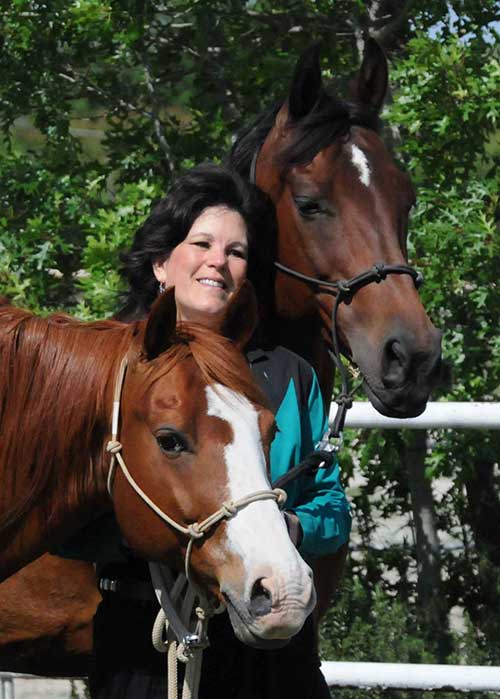
It is here where we should acknowledge what is sometimes referred to as the last “safe” prejudice: “Sizism,” or prejudice about a person’s size, refers to stereotypes developed around the belief that all extremely heavy (or extremely thin) people share the same characteristics.
According to the 2008 Rider Psychology article, “Too Fat to Ride?” Canadian writer Shelley Goodwin writes, “In social circles where one would never hear derogatory remarks about people with disabilities, gays and lesbians, or people from other minority groups, you can still hear disparaging remarks about a person’s size.”
Goodwin’s article goes on to say that sizism tends to be more prevalent in groups where perceptions of and desires for healthy bodies create a space for verbal and nonverbal expression of these stereotypes. It is here, she writes, that “individuals with prejudicial attitudes try to justify their position and also try to sway others to it. In many cases this is done by raising concerns over horse welfare. (And while it’s true that some of these concerns may be valid, it is the generalization of these as “proof,” that creates a stereotype that is just plain unfair to conscientious plus-sized riders.)
Citing a blog post written by one particularly harsh critic of large riders: “Most people will agree that it is unhealthy for the average horse to carry the weight of an obese rider,” Goodwin counters with the generally accepted “20 percent rule,” while acknowledging that “an 18-year-old adolescent who weighs 190 pounds may be obese according to her body mass index (BMI), but will easily fall within the acceptable weight load for a 1,100 pound healthy horse. Knowing this,” she adds, “we realize that when someone says it is animal abuse for an obese person to ride a horse, the primary concern is not about the horse’s welfare but rather the dislike of someone riding who does not fit the stereotypical image of a thin rider.”
According to Goodwin, ridicule, discrimination, and often, public humiliation is wreaking lifelong psychological havoc on the self-esteem of overweight equestrians, especially youth and young women. Taking a stand against this growing concern, Goodwin urges global awareness that many people, in equestrian sports and beyond, may be encountering prejudice and specifically, sizism. In building our awareness—and acting on this awareness, she writes, “we can encourage and support all equestrians in their pursuit of enjoying horses and improving their mental and physical well-being.”
This excerpt from Riding Through Thick & Thin by Melinda Folse is reprinted with permission from Trafalgar Square Books (www.horseandriderbooks.com). Find this book and more in our section on Books.






